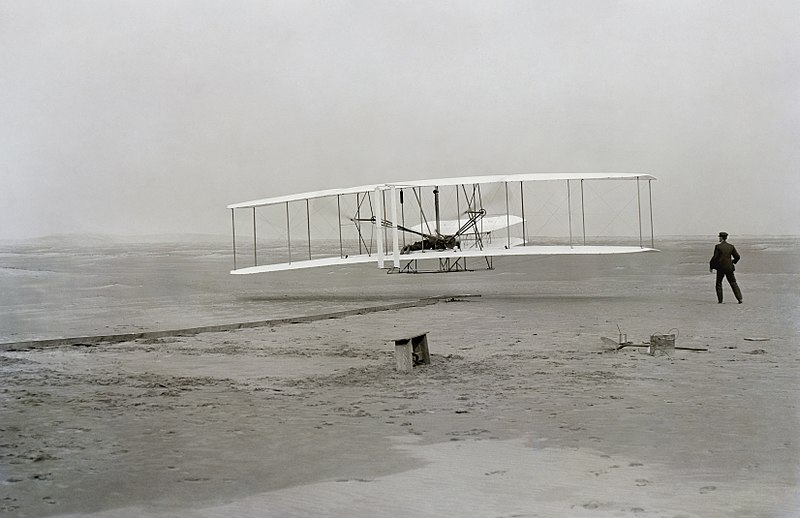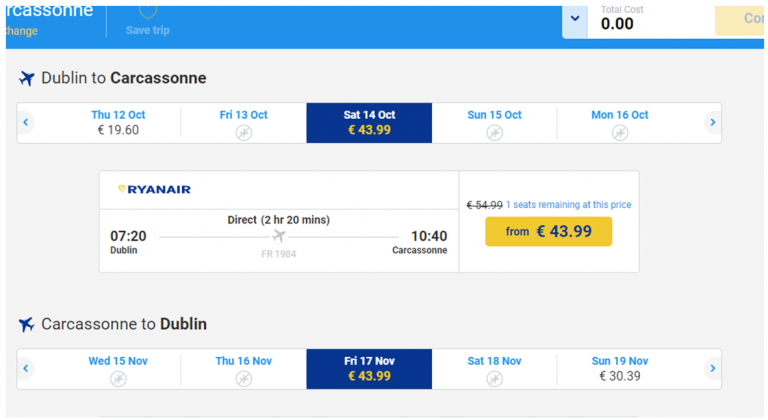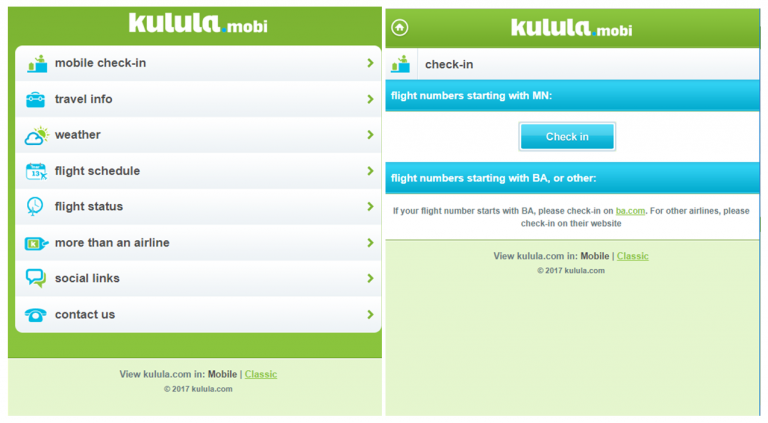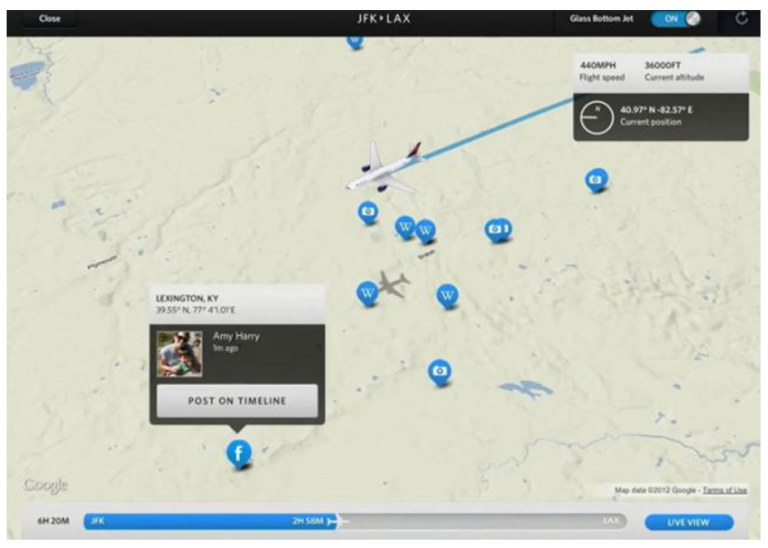
It was a bright morning of December 17, 1903, when the Wright brothers – Orville and Wilbur made history by flying the first ever aeroplane of the world. This flying machine covered 120 feet (37 m) in 12 seconds, at a speed of 6.8 miles per hour (10.9 km/h) over the ground. 11 years later, the first-ever commercial airline came into existence as a Benoist airboat operating between St. Petersburg and Tampa, Fla. In its short-lived tenure of four months, the flight carried over 1200 passengers.
Today, a century after the first commercial plane took flight, the airline industry has come far, carrying 3.7 Billion passengers a year and delivering one-third of the world’s trade. There are over 5000 airlines worldwide, each vying for customers’ attention and money. However, very few know how to create customer experiences which delight them. According to a PWC report ‘’Air travel remains for many a disappointing, grumble-worthy experience.’’
In today’s digital age customer experience start right from the point they start looking for a flight. With almost half of the world’s population connected to the internet, it has become critical for the airline industry to create delightful digital experiences for their customers. The success of airlines depends on customer experience, leaving any gaps can cost them a great deal.
But, do airlines get the importance of offering customers a delightful experience when it comes to digital channels? The answer is, not really.
According to a study, on a scale of 5, the average mood rating of customers using airline websites was 2.4, with just 30% of customers rating themselves as satisfied. The majority of the feedback was submitted on the desktop (59%). However, mobile users reported the highest levels of overall satisfaction – with an average mood rate of 2.8.
Using technology the right way can help airlines not just delight customers, but save costs too. Some prudent airlines have jumped on the technology wagon just in time, and are leveraging it in innovative ways. These airlines are paving the way for building delightful customer experiences not just on digital channels, but also by integrating both offline and online channels.
Let us a take a look at in what ways technology can help in creating excellent digital experiences and how few airlines are advancing on customer experiences using technology:
1) Building user-friendly websites
The digital experience for customers starts with an airline right when they start looking for a flight, for airlines it is critical to keep in mind that their work begins even before the user lands on their website. It starts right at the Google’s search bar. Thus, it is critical to have an SEO friendly website.
When it comes to navigation on the website, it should be ‘grand-ma’ friendly. Sometimes keeping it simple does the trick. Remember, the passenger is on your site with a very specific purpose – finding and booking the perfect flight for their journey. It is important to make it easy for them to achieve that.
Simplifying small things like calendar view can go a long way in this regards. An airline that does it wonderfully is Raynair, with their smart calendar option. The calendar’s slide view makes it easy for users to see different journey dates, and as the departure date is changed the return date changes automatically.

2) Making Booking & Payments easy on digital channels
On most airlines’ digital channel the user has to go through 5-7 steps before they can book a flight. Sometimes, the cost of the flight a passenger is trying to book even goes up at the last step when they are about to check out. The booking process on most websites is quite cumbersome and annoying, to say the least.
Further, price plays an important role when it comes to finalising a flight. Manier times, the user starts booking a flight thinking it costs X amount, but as he begins to add even basic services like seat selection, meals, extra baggage the costs go up considerably. This is disappointing for the customers as they end up feeling that they have been charged unfairly for the flight or they will need to compromise on basic services if they want to keep the costs under their desired budget. According to Joe Leech, author of Psychology for Designers, and an expert in the design of UX for maximum consumer engagement:
“It’s all about timing. There are two ways to sell any item: talking about the positive things that a purchase gives you, or about the negative things that a purchase solves. During overnight flights, you’re most likely to upgrade if it’s a flight when you want to sleep. Flying back it could be about getting most successful upsells are at the right time when the problem might arise, selling travel insurance two or three days before they visit, for example.”
Some airlines like Kulula, follow this method of unbundling the services on their website and believes offering critical services along the journey could further increase sales and improve customer service.
Further, to make booking process easy the UI of the website must be extremely simple to navigate. Few things which would ease out the booking process are:
1) Ensuring the user does not lose track of the most important information like flight details and price. Many airlines make sure that these details are fixed on the sidebar of the website window till the time user finally checks out.
2) Making currency conversions easy while booking international flights.
3) Providing an option to book via mobile – in a mobile-first world, this is a necessity.
3) Easing out the check-in process
While most airlines provide check-in options on their website, the process is not very simple, especially on mobile. According to a survey, 31% of customers who used mobile, rated the experience as negative due to the check-in process. Further, according to SITA’s Air Transport IT Trends report, in 2017, more than 91% of travelers used an airline’s mobile app for doing check-ins. In the light of these numbers, it becomes the need of the hour for airlines to make sure that the check-in process on their digital channels – mobile and desktop are made simple and user-friendly.
Kulula’s user interface on their mobile app is an example of easy to use airline apps and it also makes the check-in process extremely simple.

4) Integrating offline and online experiences
The growth of mobile and digital experiences across industries like retail has upped customer expectations. The new-age customer expects a 360-degree experience, integrating both online and offline channels. The airline industry has to keep up with these demands of today’s buyer and here’s how technology is helping them do that:
1) Panasonic along with B/E Aerospace has launched a ‘Waterfront concept seat’ that allows passengers to use smartphones to customise their flight experiences like controlling in-flight entertainment system, ordering food, providing information on baggage claim on landing etc.
2) Delta Airlines introduced an iPad app that lets passengers see the view below through the device. The app allows them to virtually track the scene below through computerised images on their handheld device, providing exciting trivia about the places they are flying above.

In conclusion:
Today’s travelers expect airline experiences which are inline and at par with other industries, as innovative products and services in one industry raise the bar for all industries. Which means airlines and airports need to tune into the customer from a holistic perspective when designing the passenger experience.To cater to the demand of the new-age customer’s airlines will have to bring digital experiences which are on-demand, real-time and end to end.
*The detailed version of this post first appeared Robosoftin.com.



